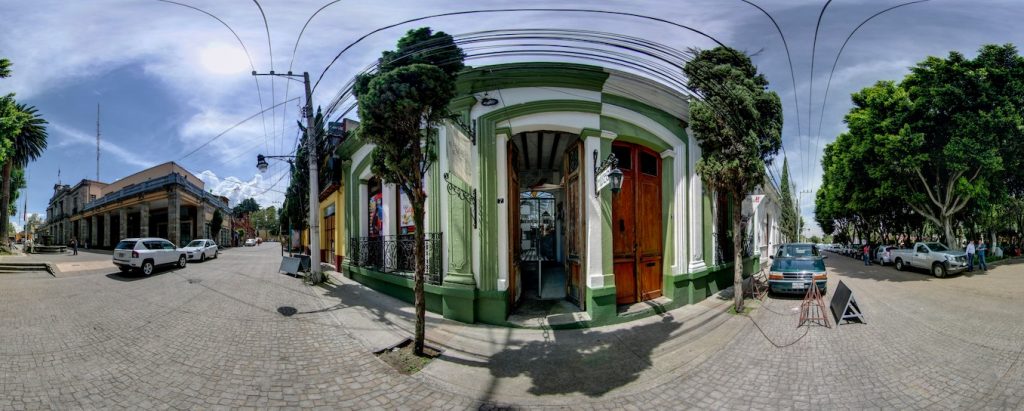
Any trip to the Tlalpan Center is enlivened with a stop into the Museum of Time. Focused in lots of ways on the historical development of the clock, there are lots of old timepieces on display. A permanent exhibition includes mechanical clocks from the beginning of the 18th century through to today. Lots of other valuable historical objects are on display as are some antiques related to music and the phonograph, a 19th century music box, and gramophones from early in the 20th century, a jukebox from the 1930s and some early radios.
On the Plaza de la Constitución at #7, the museum has been open only since 2009. Unique in Mexico, it’s recognized internationally as part of the historical legacy of the country.
The museum works to maintain, restore, and preserve objects in the collection, and to increase the collection in an effort to protect and preserve more of the National Heritage. A private institution, the Museum of Time also works to consolidate research, and organizes meetings and events with academics and civil society in related disciplines.
The 19th-century building housing the museum was designed and built by Antonio Rivas Mercado. The facility had served as the home of the Tlalpan telephone central office until 1964 for two existing telephone companies. Today, it’s listed as a historical monument by the Mexican Institute of Archaeology and History (INAH).
 museodeltiempo@gmail.com
museodeltiempo@gmail.com
 +52 (55) 5513 2175
+52 (55) 5513 2175
 http://www.museodeltiempo.com.mx/index.php
http://www.museodeltiempo.com.mx/index.php
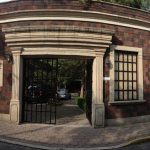
Nearest at 0.06 kms.

Nearest at 0.23 kms.
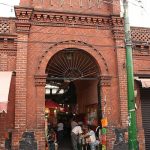
Nearest at 0.24 kms.
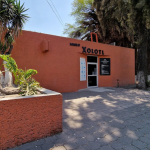
A spectacular little museum dedicated to the ancient Tenayuca ruins.

More than a wax museum, the Misterios collection is a thundering reverberation from the past . . .

A museum dedicated to the history of Mexican finance . . .
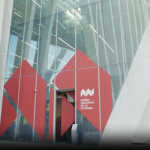
A museum dedicated to Mexico's long history of housing and living.
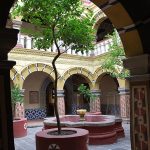
Not just the Museum of the Interventions and a fascinating military history, it's a fascinating monastery too.